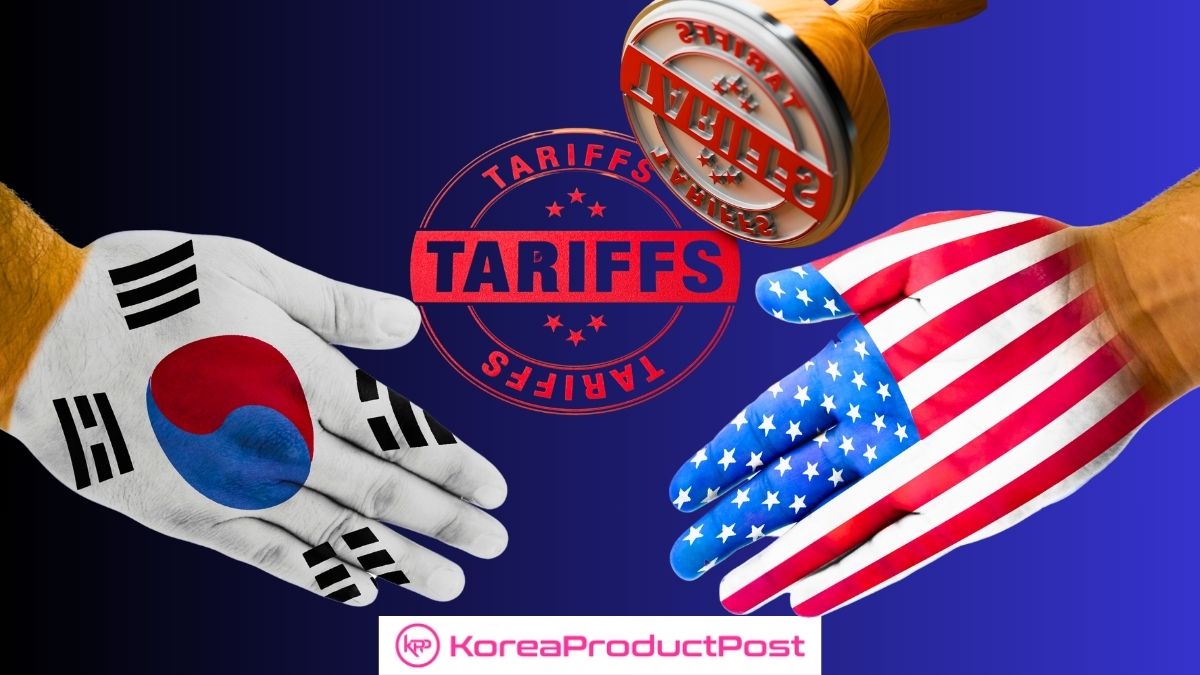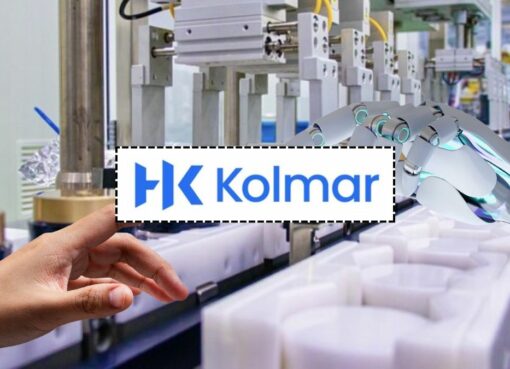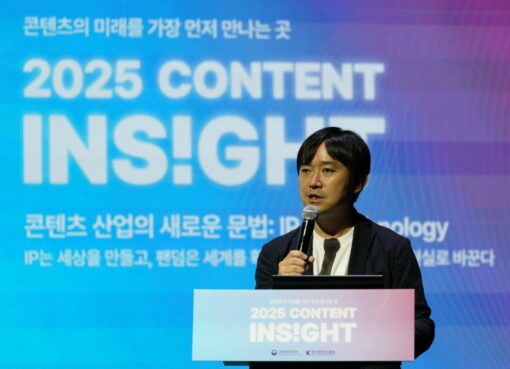New U.S. tariffs are reshaping export sectors in South Korea —from automakers to electronics—and prompting urgent government and industry responses.
In a shocking move that has rattled global trade dynamics, the United States’ President Donald Trump has imposed a significant “reciprocal” tariff on South Korean imports. The imposition of 25% tariff by the U.S. has sent shockwaves across various industries in South Korea. This drastic policy shift not only challenges established export routines but will also have impact on their business operations. Korean businesses will have to adapt quickly to a rapidly changing economic landscape.
A New Era of Trade Tensions
Recent announcements indicate that the U.S. tariff—reportedly around 25% on all products manufactured in Korea and imported into the U.S. These tariffs will take into effect from April 9. It is bound to reshape the competitive environment for key industries in South Korea.
But, this new imposition creates problems that can potentially undermine export volumes and profit margins. Companies engaged in the production of diverse materials utilized in products destined for the United States will also be directly or indirectly impacted by the imposition of the tariff.
The Automotive Sector Under Pressure
South Korea’s automotive industry, one of its flagship export sectors, faces immediate headwinds from the increased tariffs. The U.S. is a major market for Kia and Hyundai – 1.84 million vehicles. Major South Korean automakers have built their reputations on efficiency and advanced technology. But, now that face the dual challenge of rising production costs and reduced competitiveness in the U.S. market.
U.S. consumers are becoming increasingly price-sensitive and the additional cost burden threatens to decrease market share and squeeze profit margins. According to industry experts, it is likely that sustained tariff pressures may force manufacturers to reconfigure supply chains. They may even consider relocating production to mitigate costs.
Electronics and Supply Chain Challenges
Korean electronics giants such as Samsung and LG, which are integral to the nation’s export economy, are not safe from these new tariffs. Although many electronics and their components are produced in countries like Vietnam and other Southeast Asian nations, it can still impact the country’s exports.
The disruptions in global supply chains and interconnected manufacturing processes mean that U.S. tariff measures can indirectly affect production costs. For example, more than 50% of Samsung smartphones are made in Vietnam and it has 46% reciprocal tariff. So, the Samsung phones exported to U.S. which are made in Vietnam will have higher tariff.
The home appliance industry will also be impacted. LG Electronics and Samsung Electronics mainly export units manufactured in countries like China, Vietnam, and Thailand. And each of these countries have reciprocal tariff rates rising to 46% for Vietnam, 36% for Thailand, and 34% for China.
Increased U.S. tariffs on components or finished products may compel companies to adjust pricing strategies in South Korea. It can potentially diminish their competitive edge in one of the world’s most lucrative markets.
Petrochemicals: Another Sector in Turmoil
One of the most vulnerable sectors in South Korea is petrochemicals. Petrochemicals are in everything from electronics to packaging and it could see price increases. The U.S. tariffs are poised to worsen existing challenges in this industry. At present, the industry is already dealing with overcapacity and stiff global competition.
Higher tariffs by the U.S. are likely to increase the cost of raw materials, subsequently affecting the price of consumer goods ranging from electronics to packaging.
This domino effect can lead to decreased demand, as end consumers may resist price increases, thereby dampening the overall economic impact for the sector.
Some Other Industries/Companies Impacted
- battery (indirectly affected)
- battery materials (directly impacted)
- steel industry (directly impacted)
- semiconductors (currently excluded from tariffs)
Traditionally, the United States has been a major market for Korean exports, even cosmetics and beauty products, which overtook France in total export value in 2024. The cosmetics industry is not in the purview of increased tariffs, unlike automobiles, steel, and others. Despite that, there are Korean cosmetics original design manufacturers (ODM) in the U.S. itself like COSMAX and Kolmar Korea, and Cosmecca Korea.
In a similar lines, food companies have also seen increasing exports, reaching record highs. But, with imposition of tariffs, there will be some impact. Companies with production facilities in the U.S. (like CJ CheilJedang, Nongshim, and Pulmuone) do not have much to worry about. Companies like Samyang Foods are likely to be most affected by the tariffs as all of its export volume is manufactured in South Korea itself.
Why The Sudden Change?
The US government says these “reciprocal tariffs” are essential to address the trade deficit with South Korea and to encourage more balanced trade. They believe that South Korea hasn’t been playing fair in trade, even though South Korea argues that their tariffs on American goods are already very low, close to zero in many cases, thanks to the existing free trade agreement.
Korean Government Response and Strategic Adjustments
In response to the mounting pressure from the U.S. tariff regime, leadership in South Korea has taken proactive measures.
The acting President has announced emergency support for affected industries, aiming to cushion the economic blow while initiating dialogues with U.S. officials to explore potential concessions.
These support measures may include subsidies, tax reliefs, or strategic adjustments in export policies to ensure that Korean companies remain competitive on the global stage.
Even local businesses, POSCO Holdings and Hyundai Steel, are considering new investment options in the United States. Although there is no final decision, but these steelmakers are considering it so as to reduce tariff impacts.
“We are also reviewing investment plans for upstream steel processes in the U.S. or India, but no final decision has been made yet.”
– A spokesperson for South Korea’s POSCO Holdings
Broader Economic Implications
The ripple effects of the U.S. tariffs extend beyond immediate industry-specific challenges.
Export drives the South Korea economy and if these U.S. tariffs persist in the way they are currently, it can potentially lead to reduction in trade volumes. And, if they undergo revision to cover additional sectors, it will have the same negative impact on overall export.
Moreover, the uncertainty surrounding U.S. trade policy can lead to a cautious approach among global investors, potentially slowing down future capital inflows and economic growth.
Companies across the nation now need to re-evaluate their export strategies—diversifying markets, enhancing supply chain resilience, and innovating product offerings to mitigate the tariff impact.
Some businesses are also looking at bolstering their presence in non-U.S. markets, thereby reducing dependency on a single trade partner.
Conclusion: Adapting to a New Global Trade Order
The recent imposition of U.S. tariffs on Korean imports highlights the volatile nature of international trade and the requirement of agility among South Korean businesses. In short term, the impact will certainly be disruptive, but the country’s resilience will drive it to overcome these challenges. The emphasis will be on strategic adaptation—leveraging government support, reconfiguring supply chains, and exploring new markets. South Korean businesses will not only weather this storm but also thrive in an increasingly complex global trade environment.
If you’re looking to promote your products and connect with international buyers, please don’t hesitate to contact us.
Join us on an exciting journey to explore the vibrant world of Korean lifestyle – from the latest beauty tips to the hottest tech and so much more on Facebook, Twitter, LinkedIn, and Flipboard.









